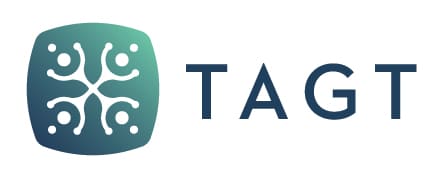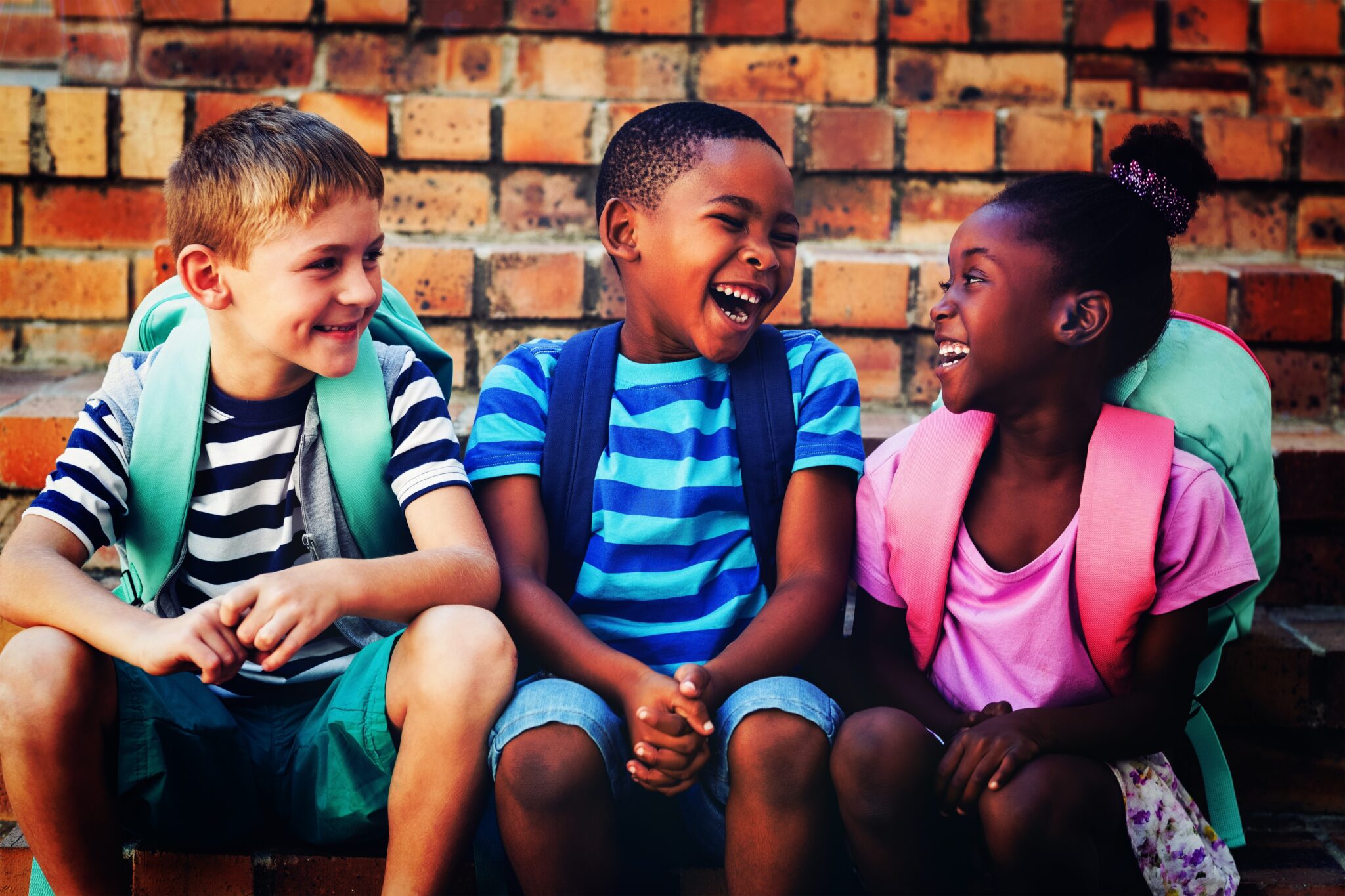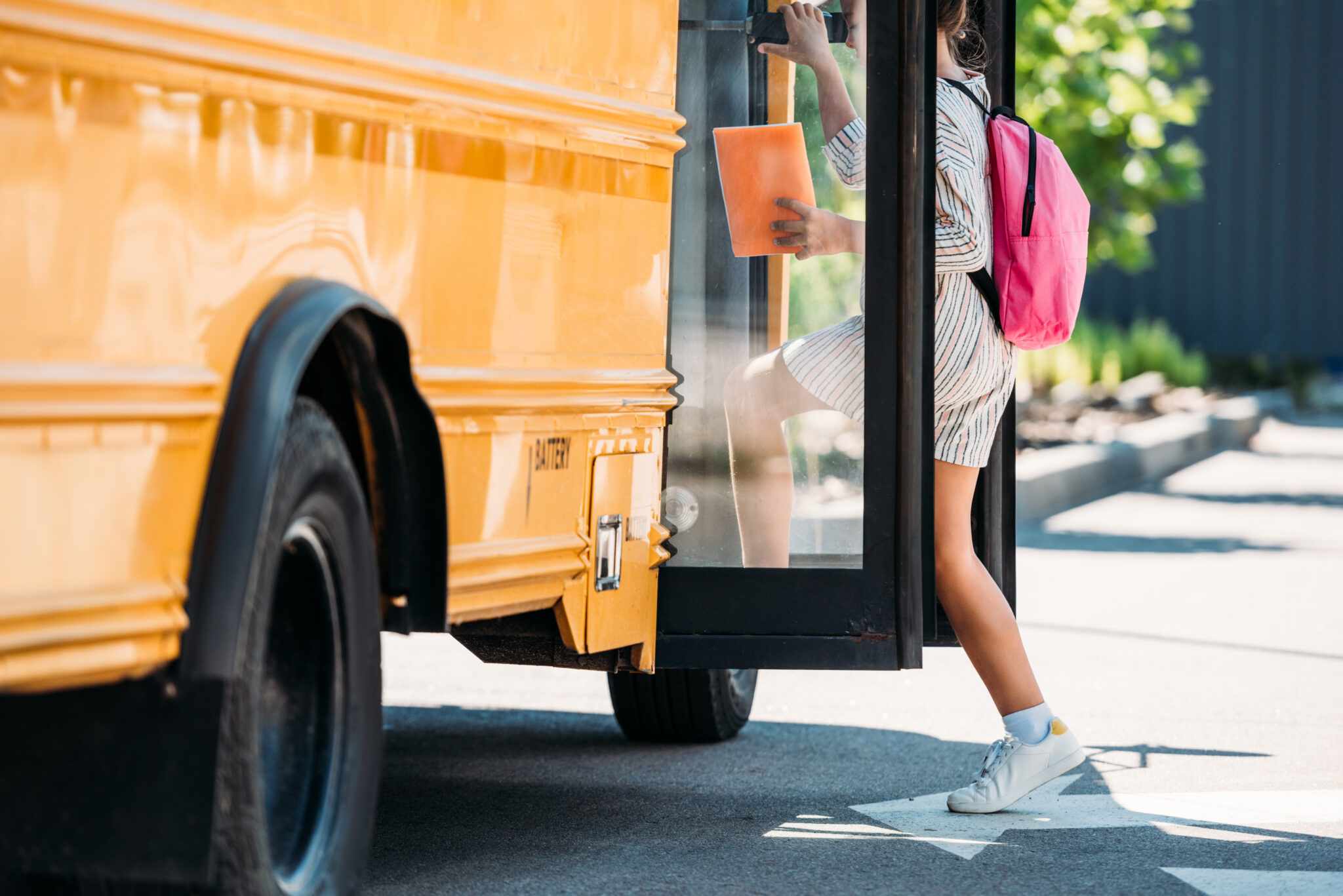As students with advanced learning needs move from elementary to secondary classrooms, they can benefit from learning experiences that prioritize the creative process. These experiences allow students to gain skills and knowledge that will serve them well as they transition into higher education and the workforce.
This article will address misconceptions about creativity in the classroom, discuss the benefits of supporting creative development with critical thinking and discussion, and provide guiding questions secondary educators can use to structure classroom experiences for advanced learners. When secondary teachers start with creativity, the possibilities are endless.
Critical Thinking and Purposeful Discussion
On the surface, critical thinking may seem fairly straightforward, but beyond thinking skills (e.g., reasoning, analyzing) and individual dispositions (e.g., curiosity, self-confidence), critical thinking requires attention to context and intentions. In Seale’s (2020) Thinking Like a Lawyer: A Framework for Teaching Critical Thinking to All Students, he defines critical thinking as skills and dispositions useful for learning and problem-solving across contexts and extends that definition to add that critical thinking should be “grounded in the spirit of doing right instead of simply being right” (p. 21). This conception of critical thinking emphasizes that (a) creativity and problem-solving are situated in social contexts, such as classrooms, (b) students can benefit from collaborative interactions, including group discussions, and (c) intentions matter when engaging in creative endeavors. On one hand, classroom discussions can provide opportunities for students to share ideas and give feedback on how to tackle a problem or choose a solution. On the other hand, without mutual respect and constructive feedback, discussions can inhibit the exchange of ideas and stifle creativity. As students develop the skills and dispositions to engage in academic discourse, purposeful classroom discussions can be guided by modeling group norms and structuring conversations to support idea generation and creative products.
What Creativity Is Not
Five prevalent myths about creativity can cause some secondary educators to shy away from including it in classroom instruction with advanced learners.
The “Born With It” Myth
There is a common belief that some people are born with creativity and others are not; however, anyone can be creative if given the opportunity. Creativity is a skill that students can develop, but it requires them to believe they can be creative and to engage in creative activities (Plucker & Dow, 2017). Teaching creative process skills, such as design thinking (empathize, define, ideate, prototype, test, implement; “An introduction to design thinking,” 2010), is one way to scaffold creative development, critical thinking, and productive discussion in content areas. In secondary classrooms, educators can help students with advanced learning needs identify creative strengths, which may, in turn, support positive self-beliefs about creative potential.
The “Only for the Arts” Myth
Some believe that creativity only applies to the visual and performing arts, but, in reality, all disciplines require creativity. From science to poetry and mathematics to education, careers are rapidly evolving, and successful contributors need the skills to create and innovate in professional contexts (World Economic Forum, 2020). Students in schools today may work in jobs that did not exist 10 years ago or in fields that are still emerging, so having a range of creative experiences across subject areas and in different contexts will be invaluable. Bringing creativity into the classroom through critical thinking and purposeful discussion allows secondary teachers to embed course content and interventions into student-centered instructional approaches that build problem-solving skills and prepare students for the future.
The “No Boundaries” Myth
Sometimes teachers believe they can’t bring creativity into their classrooms because they don’t have time to give students free rein, but task constraints can be useful for creativity and innovation. Just as professionals work within the constraints of their career fields, students can work within the constraints of the discipline when creativity is embedded in content-area instruction. In fact, having some parameters can actually help stimulate creative thinking and innovation (Beghetto, 2017). Secondary educators in advanced courses have content they must cover each year, which may include grade-level objectives and frontloading to prepare for future advanced learning options. But within that content, there is room to cultivate critical thinking and use productive discussions to generate creative problems and solutions. Forward-thinking educators can provide creative opportunities within content-area instruction so students can experience some of the constraints of professional domains.
The “It’s Been Done Before” Myth
The idea that creativity only counts if it results in a significant contribution to society is not only false, it can also be damaging for students with creative potential and ability. People benefit from everyday creativity in personal, educational, and professional contexts. Some individuals make eminent creative contributions to society (Big-C), but many more make professional creative contributions (Pro-C) and experience everyday (little-c) and personal creativity (mini-c; Kaufman & Beghetto, 2009). Students exhibit mini-c creativity when they connect background knowledge to new learning or make connections across disciplines. They demonstrate little-c when they approach content-area problems in new or innovative ways. In supportive secondary classrooms, opportunities for mini-c and little-c can stimulate productive discussion, provide opportunities for critical thinking, and help students develop creative self-beliefs. Secondary educators can work together to foster a school-wide culture that supports everyday creativity by encouraging and celebrating mini-c and little-c creative contributions.
The “Groups Are More Creative” Myth
Contrary to popular belief, creativity is not always enhanced in groups. In fact, groups often produce fewer creative ideas than they would if the group members were working on their own. Power imbalances, the pressure to conform, and external constraints can inhibit group functioning and result in less creative products. Creative problem-solving and innovation may be enhanced by alternating between group interactions, independent or paired work, and going back to the group to discuss the next steps (Meyer & Plucker, 2022). Secondary educators in advanced courses can provide opportunities for students to engage in critical thinking and discussion to find and solve content-area problems. Scaffolding discussions with guiding questions can help students develop intellectual collaboration skills.
What Creativity Is
The idea that creativity can be summed up as out-of-the-box thinking is pervasive in education. In secondary school settings, students might be asked to generate original ideas or create products, but creativity goes beyond thinking up wildly implausible plans or decorating projects with glitter. Beyond individual factors (e.g., openness to experience, persistence), beyond process skills (e.g., generating ideas, selecting ideas), and beyond the proverbial box, creativity requires careful attention to context and supportive interactions with teachers and peers (Plucker et al., 2004). That’s where secondary teachers come in.
Creativity is Definable
Creativity is often defined as “the interaction among aptitude, process, and environment by which an individual or group produces a perceptible product that is both novel and useful as defined within a social context” (Plucker et al., 2004, p. 90). This conception highlights the fact that creativity requires a product to be novel and useful, but it also points out that creativity is judged within a context. As secondary students develop solutions to subject area problems, they need to engage in critical thinking to evaluate context and purposeful discussions to address the originality, utility, and feasibility of their ideas. In secondary classrooms, creativity and innovation can be supported by positive, growth-focused conversations with teachers and peers.
Creativity Can Scaffold and Extend Learning
Creative problem-solving embedded in content instruction can be a springboard for critical thinking and purposeful discussion. Innovation builds on creativity and requires related, but more complex skill sets, such as developing, testing, and implementing creative ideas (Dino, 2017). Authentic learning happens when students have opportunities to create and innovate within a subject area. Creative problem-solving and innovation-focused learning experiences allow educators to embed required curricula, reinforce tested skills in applied contexts, provide opportunities for critical thinking and purposeful discussion, and help students develop skills they can apply as learning environments become more challenging. Instead of thinking about creativity as another thing to add to an already jam-packed school year, secondary educators can think of creativity as a way to foster deeper learning, increase engagement, and provide a responsive classroom environment.
What Educators Can Do
We know a lot about how to turn creative potential into products and performances, but developing creativity and talent depends on conducive learning environments (Lee et al., 2021). In advanced courses, secondary teachers can embrace creativity and support student learning by proactively providing opportunities for critical thinking and purposeful discussion. These guiding questions can help educators working with advanced learners to examine subject matter content and instructional strategies during personal planning and in professional learning communities.
Start with Creativity
With the large number of responsibilities teachers already have, the thought of adding one more thing can be overwhelming. Creative process skills provide a starting point and a framework to guide secondary teachers and their teams as they plan instruction.
- Within the grade-level content and standards, are there opportunities for convergent thinking (i.e., one answer, one approach), divergent thinking (i.e., multiple answers, multiple approaches), and problem-solving that combines the two?
- What inquiry-driven, creative problem-solving tasks can be embedded in plans for content-area instruction, interventions, and frontloading?
Individualize Creative Development
The goal of creativity in the classroom is not to get every student to invent a patentable device. It’s great if that happens, but it’s not a reasonable goal. The goal is to help each student get excited about their own creativity and be motivated to refine and strengthen those skills.
- How can we capitalize on creative micromoments by noticing and encouraging mini-c and little-c creative contributions in independent work, group interactions, and class discussions?
- Understanding that creativity may look different from child to child, how can we individualize creative development in this content area to consider student strengths and growth goals?
Build a Collaborative Learning Community
Creativity requires critical thinking, including convergent and divergent thinking, but successful ideas and products also require perspective-taking, such as empathizing with the end user. Purposeful classroom discourse can move the creative process forward when students feel safe to share.
- What discussion norms will allow all student voices to be heard and respectfully considered?
- How can we scaffold academic discourse to help students learn the norms of intellectual discussion (e.g., sentence starters, thinking frames)?
Support Creative Risk-Taking
Students’ perceptions of creativity are shaped by their experiences with the creative process. Sharing creative ideas and products takes courage. Secondary educators can support creative risk-taking by providing time for self-evaluation and using grading practices that do not penalize students for initial efforts as they develop creative process skills.
- What opportunities can we provide for students to evaluate their own creativity and set goals for future efforts?
- What opportunities will we provide for students to debrief and refocus their efforts?
- How will we ensure that formative and summative evaluation practices allow students to take creative risks without grade penalties for early efforts?
Conclusion
Rather than cutting out creativity, critical thinking, and academic discussion to make room for rigorous content, secondary educators who work with advanced learners can embed creativity into subject matter instruction. This instructional shift will provide valuable opportunities for positive and purposeful interactions in the classroom.
References
“An introduction to design thinking: Process guide.” (2010). Hasso Plattner Institute of Design. Stanford University.
Beghetto, R. A. (2017). Creativity and conformity: A paradoxical relationship. In J. A. Plucker, Creativity and innovation: Theory, research, and practice (pp. 267-275). Prufrock Press.
Dino, R. N. (2017). Connected but different: Comparing and contrasting creativity, innovation, and entrepreneurship. In J. A. Plucker (Ed.), Creativity and innovation: Theory, research, and practice (pp. 23-34). Prufrock Press.
Kaufman, J. C., & Beghetto, R. A. (2009). Beyond big and little: The Four C Model of Creativity. Review of General Psychology, 13(1), 1-12. https://doi.org/10.1037/a0013688
Lee, L. E., Meyer, M. S., & Crutchfield, K. (2021). Gifted classroom environments and the creative process: A systematic review. Journal for the Education of the Gifted, 44(2), 107-148. https://doi.org/10.1177/01623532211001450
Meyer, M. S., & Plucker, J. A. (2022). Creativity in groups: Catalyst or complication? In J. A. Plucker (Ed.) Creativity and innovation: Theory, research, and practice (2nd ed.; pp. 209-216). Routledge.
Plucker, J. A., Beghetto, R. A., & Dow, G. T. (2004). Why isn’t creativity more important to educational psychologists? Potential, pitfalls, and future directions in creativity research. Educational Psychologist, 39(2), 83-96. https://doi.org/10.1207/s15326985ep3902_1
Plucker, J. A., & Dow, G. T. (2017). Attitude change as the precursor to creativity enhancement. In R. A. Beghetto & J. C. Kaufman (Eds.) Nurturing creativity in the classroom (2nd ed.; pp. 190-211). Cambridge University Press.
Seale, C. (2020). Thinking like a lawyer: A framework for teaching critical thinking to all students. Prufrock Press.
World Economic Forum. (2020). The future of jobs report 2020. https://www.weforum.org/reports/the-future-of-jobs-report-2020






